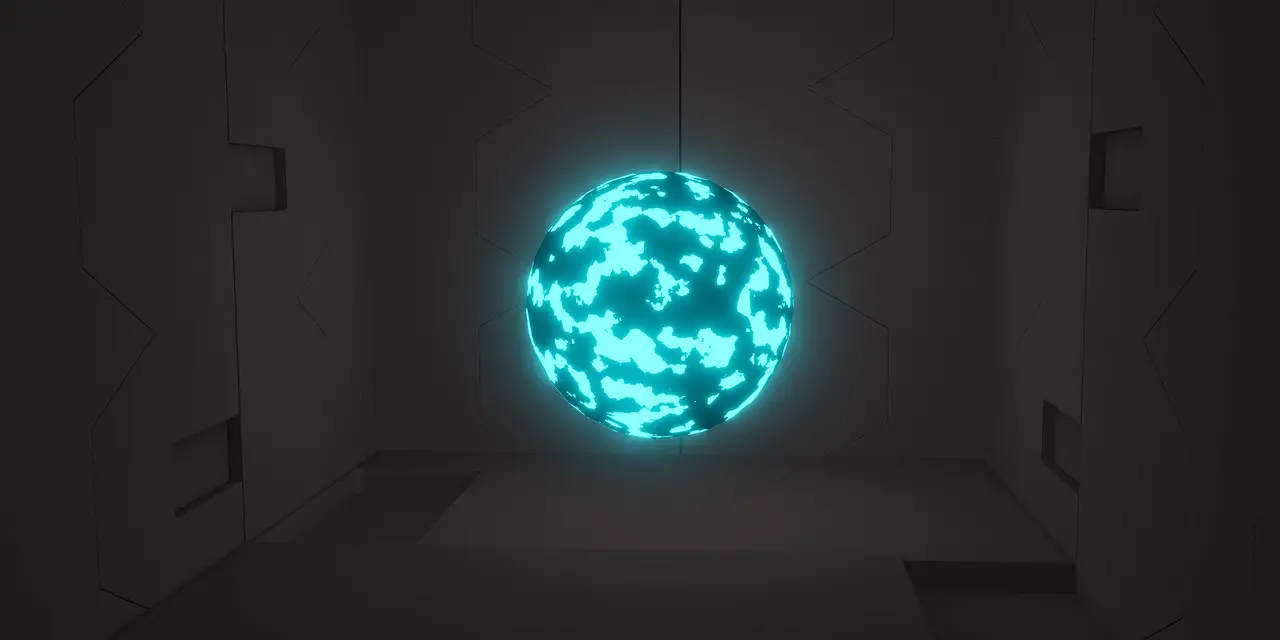Our comprehension of the cosmos is undergoing a sea change as a result of the James Webb Space Telescope (JWST), which is the most powerful telescope ever built by humanity. The early galaxies that developed only a few hundred million years after the Big Bang are one of the most astounding discoveries that have come from this research. These discoveries provide important new information on how stars formed and the possible role that dark matter played in this process. Recent findings point to the possibility that the annihilation of dark matter may have been a significant factor in the heating of the first stars, hence contributing to the formation of the structure of the universe as we know it today.
The dance of gravitational attraction performed by dark matter
The creation of galaxies is thought to be fundamentally influenced by the gravitational pull that dark matter applies to ordinary matter, as postulated by contemporary cosmological theories. It is thought that dense concentrations of dark matter served as the seed for the development of the earliest galaxies. These aggregates successfully heated the surrounding visible matter as a result of their gravitational attraction to it, which prevented the matter from collapsing into stars.
The Dark Stars: A Foreshadowing of the Light
Although dark matter played a significant part in the birth of the first galaxies, the origins of the first stars themselves are still a mystery. Astronomers have a hypothesis that these early stars did not reach temperatures high enough to produce particular spectral lines linked with helium. As a consequence of this, the spectra of these dark stars should exhibit absorption lines rather than emission lines, which is a characteristic that is characteristic of dark stars.
Massive, dark stars and black holes are known as supermassive
The idea that these enormous dark stars rapidly cooled and then collapsed to produce supermassive black holes is an intriguing one that has been put forward by astronomers. The presence of supermassive black holes at the centers of galaxies, such as the Milky Way, points to a possible direct connection between the development of these mysterious phenomena and the beginning of the universe.
Unraveling the Mysteries Behind the Formation of Stars
The discovery of galaxies that arose so shortly after the Big Bang presents a once-in-a-lifetime opportunity to gain a deeper understanding of the processes that led to the development of stars in the early cosmos. These findings provide vital insights into the processes that built the cosmos by illuminating the interaction between dark matter and visible matter, which sheds light on the interplay between the two.
It is impossible to exaggerate how important the James Webb Space Telescope was in the process of achieving these accomplishments. Astronomers are now able to look back in time and investigate the early stages of the cosmos with an incredible level of detail thanks to its cutting-edge capabilities, which include an unprecedented level of sensitivity and high-resolution imaging.
Future Prospects
Astronomers are watching the James Webb Space Telescope with great interest as it continues to survey the universe in search of new discoveries. This remarkable device will delve deeper into the history of the universe, which will hopefully lead to the discovery of new evidence supporting the role that dark matter had in forming early galaxies and stars. Because of these discoveries, our knowledge of the development of the cosmos will definitely be enhanced, and some previously held beliefs will be called into question; this will open up fascinating new lines of inquiry.
Conclusion
A plethora of galaxies that formed in the early stages of our universe’s existence have been brought to light thanks to the James Webb Space Telescope. According to these findings, dark matter likely exerted a significant gravitational influence during the early stages of galaxy and star formation, which was an essential contributor. A strong explanation for the frequency of supermassive black holes at the centers of galaxies today can be found in the concept of supermassive dark stars, followed by their collapse into black holes. The James Webb Space Telescope (JWST) is at the vanguard of astronomical exploration at a time when humankind’s comprehension of the cosmos is growing at an ever-increasing rate. It has shed light on the enthralling relationship between dark matter, visible matter, and the astonishing occurrences that have molded our universe ever since it was created.
![]()
